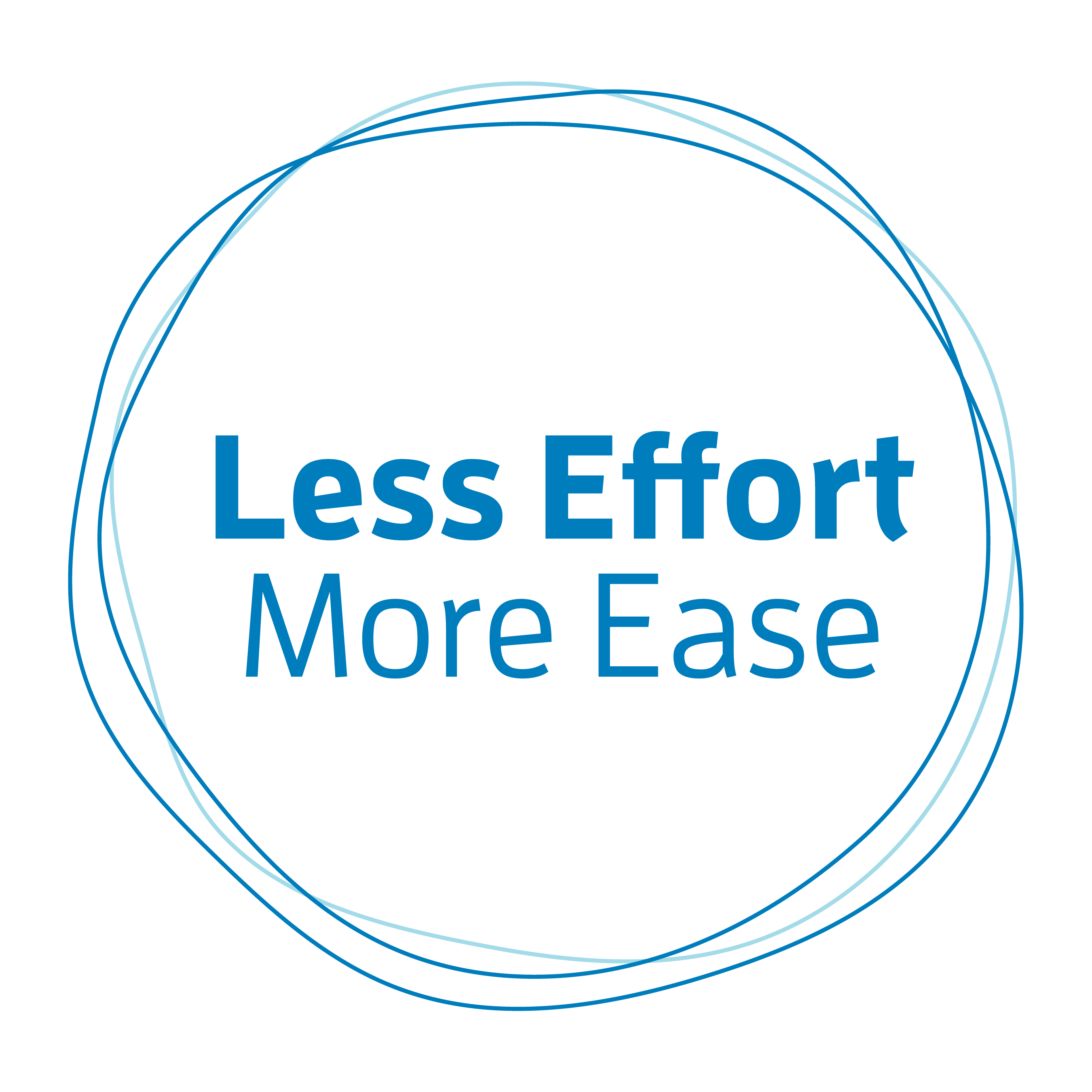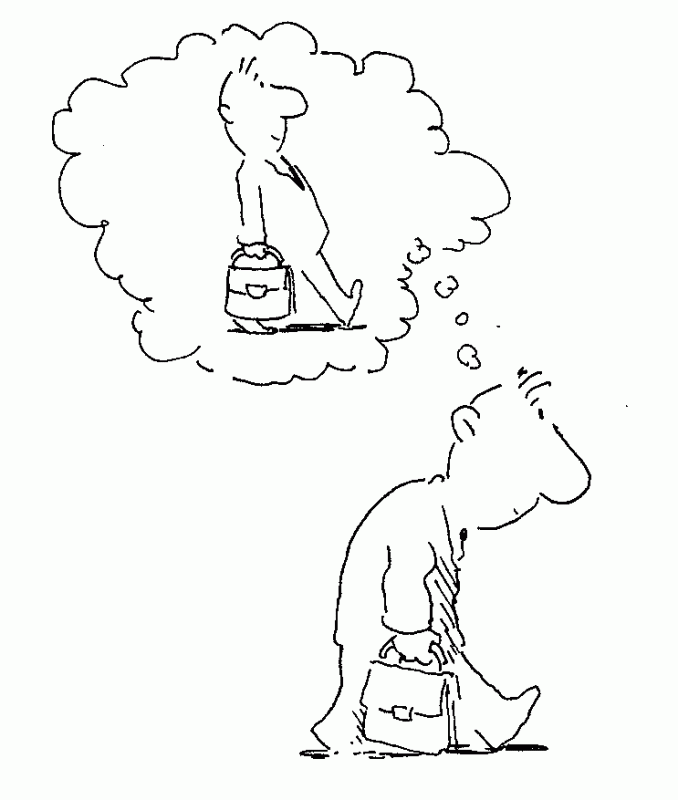Stand with a full-length mirror at your side. Look straight ahead. Stand in a way that feels upright and vertical to you. Turn your head to the side and look in the mirror.
Are you really standing vertically? Or is your pelvis parked forward and your upper back thrown back behind your hips? Is your head forward of your spine?
Close your eyes and turn to face the mirror. Stand in a way that feels upright and vertical to you. Without judging or changing anything, open your eyes.
What do you see? Is your head level? Or is it tilted to one side? Are your shoulders level? Or is one higher than the other?
Do you find it challenging to simply look and observe yourself in the mirror without judgment and without rushing to fix anything? It probably is. But that is what I am asking you to do.
Stand with your feet hip-width apart. Raise both arms in front of you so they are straight, about shoulder height, parallel to each other and to the floor. Close your eyes and move one arm up toward the ceiling and one arm down toward the floor.
Count to five.
Then, with your eyes still closed bring the arms back to what feels like their starting position—shoulder height, parallel to each other and to the floor.
When it feels right open your eyes and see if what you feel is what you see.
Did you get them back in the right place? Did it feel right but when you opened your eyes your arms were not where you felt they were?
For many people, the above experiments are eye-opening. They highlight what I call your Faulty Body Sense.
I was taught in school that we have five senses—sight, smell, taste, hearing, and touch.
We actually have a lot more than five. One sense that is often not talked about is what I call your Body Sense. This sense gives you information about position, movement, and muscular effort. Often this sense is referred to as Kinesthesia or Proprioception. These two senses are not the same. However, because they often work together I use one term to describe them both—Body Sense.
Touch your right finger to your nose. Close your eyes and touch your left finger to your nose.
How were the two experiences different?
The first time you probably relied predominately on your sense of sight to guide your finger. The second time, with your eyes closed, you had to rely on your Body Sense.
Realizing that what you feel you are doing may not be what you are doing can be a blow. What is important to realize at this point is that your Body Sense may be unreliable right now.
Continue to be curious…and try the arm-raising exercise with your friends. In my next post, I will share some strategies for working on improving your Body Sense.
Picture credits: cartoon used under permission from DIRECTION Journal


